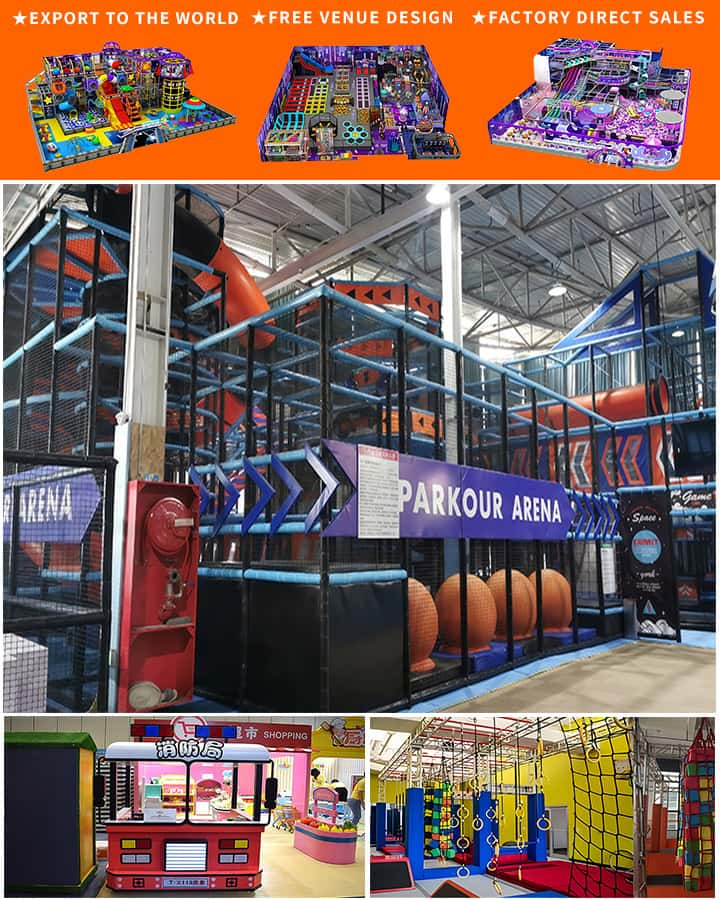In recent years, the significance of natural play spaces for early childhood development has gained considerable attention from parents, educators, and researchers alike. These spaces, often brimming with trees, grass, water features, and other elements of nature, offer children opportunities for exploration, creativity, and physical activity that are crucial for their growth and well-being.
Physical Health Benefits
One of the most immediate benefits of natural play spaces is the enhancement of physical health among young children. Unlike traditional playgrounds with fixed equipment, natural play areas encourage a variety of movements. Climbing trees, running through open fields, and balancing on logs or rocks engage different muscle groups and improve coordination and motor skills. Moreover, exposure to natural sunlight helps in the production of vitamin D, which is essential for strong bones and immune system function. Fresh air and physical exertion also contribute to better cardiovascular health, reducing the risk of obesity and related diseases.

Psychological and Emotional Well-being
Natural play spaces provide a sanctuary where children can relax, reflect, and rejuvenate. The sensory experiences offered by nature—such as the rustling of leaves, the scent of flowers, and the textures of soil and sand—help develop sensory processing skills and emotional regulation. Studies have shown that time spent in natural settings can reduce stress, anxiety, and symptoms of Attention Deficit Hyperactivity Disorder (ADHD). Furthermore, the unstructured nature of these spaces fosters creativity, imagination, and problem-solving abilities. Children learn to navigate the environment, invent games, and interact socially with peers, enhancing their cognitive and social skills.
Educational Opportunities
Education extends beyond the four walls of a classroom, and natural play spaces are an excellent tool for experiential learning. These environments serve as living laboratories where children can observe ecosystems, learn about plants and animals, and understand environmental interdependence. Activities such as planting seeds, observing insects, or collecting leaves for a nature collage provide hands-on experiences that enrich scientific knowledge and nurture a sense of curiosity and stewardship towards the environment. Natural play spaces also offer opportunities for cultural education; stories, songs, and traditions related to nature can strengthen cultural identity and values.
Social Development
Interacting with peers in natural play spaces promotes social skill development and cooperation. Without the constraints of structured play equipment, children must negotiate shared use of space, resolve conflicts amicably, and work together on group projects. These interactions teach essential life skills such as empathy, communication, and teamwork. Moreover, the absence of screens and digital distractions in these settings encourages face-to-face communication and builds stronger interpersonal relationships.
Conclusion
The importance of natural play spaces in early childhood cannot be overstated. They offer multifaceted benefits that contribute to holistic development—physically, psychologically, educationally, and socially. As we recognize the critical role these environments play, it becomes imperative to prioritize and preserve green spaces for future generations. By providing children with the opportunity to engage with nature, we are not only enhancing their individual growth but also fostering a deeper connection with the natural world that will benefit society as a whole.




